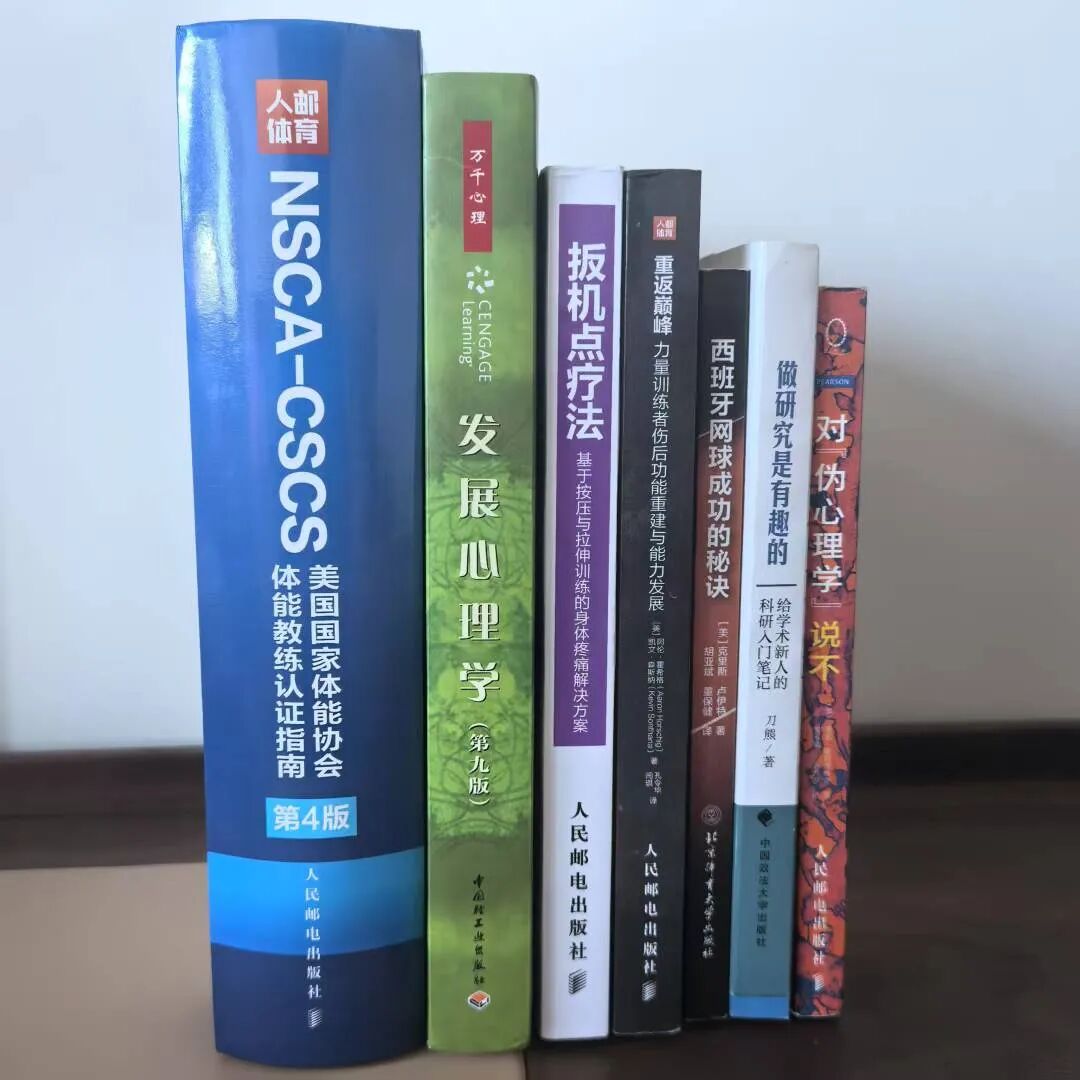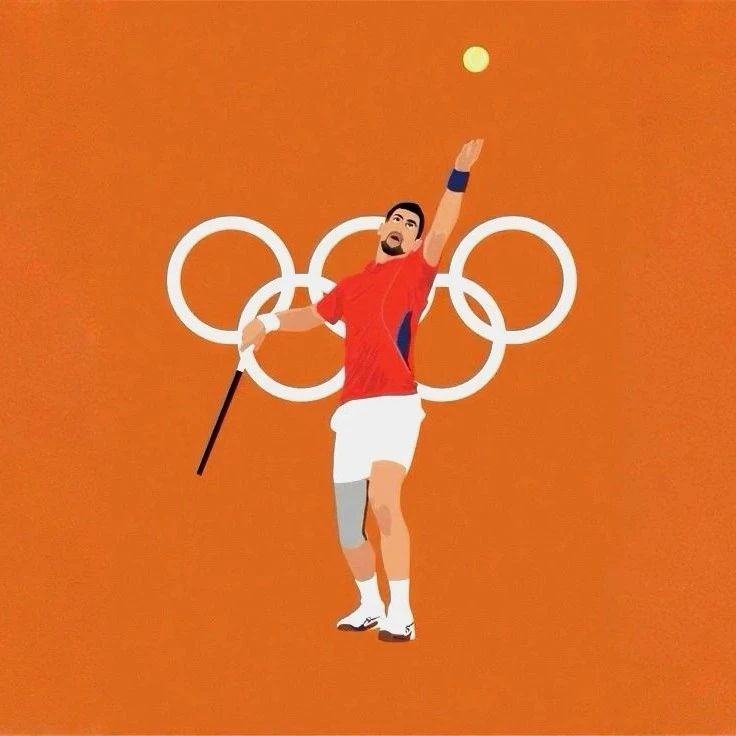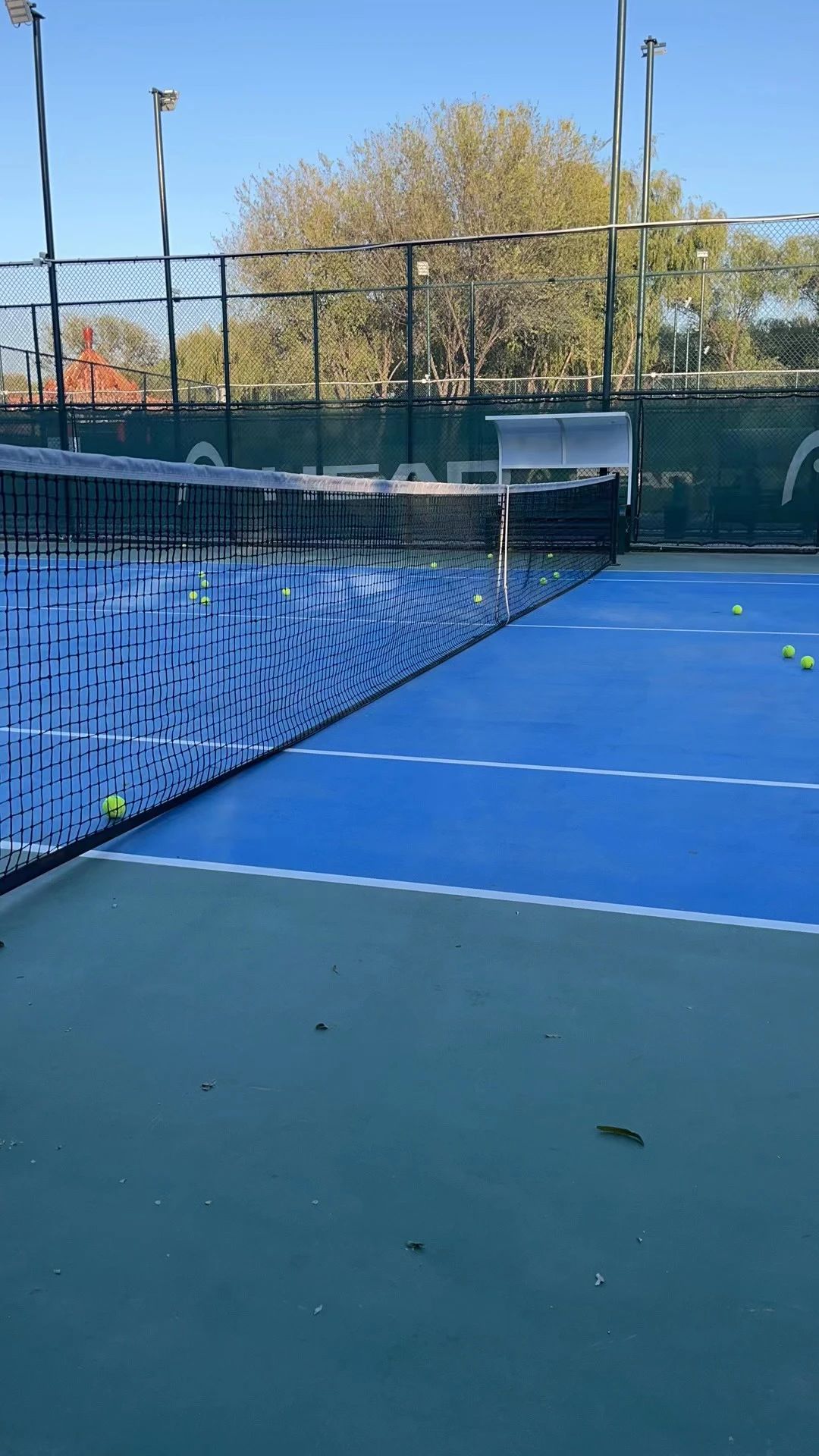Coaches' Self-Improvement: How to Leverage Writing for Effective Learning in the Internet Age

01
Writing Context
Lately, I’ve seen plenty of positive feedback in private messages—some praising the tutorials for their freshness, others highlighting the seamless flow of logic. As the author, I was truly touched after reading them.
Of course, while reaping plenty of positive energy, there are also no shortage of critical voices and doubts. Every time I’m tempted to argue my point firmly, I find myself feeling genuinely sympathetic toward the other person—after all, dismissing effective approaches to learning is ultimately misguided and inefficient.

Some of the author's sources of inspiration
02
The Learning Challenges in the Internet Age
The internet has brought about an information explosion, yet the truly useful knowledge hasn’t experienced a corresponding surge in growth.
At all times, "maximizing the efficiency of knowledge transfer" has been an inevitable human pursuit—but the rise of "traffic-driven dominance" has inadvertently pushed learners into a challenging predicament.
The Dilemma of Blind Conformity
When stepping into a new field, beginners often lack the ability to discern truth from deception, leaving them vulnerable to being swayed by all sorts of misleading tactics.
Given the premature exposure to an overwhelming flood of information, what exactly should learners believe—and what should they discard? And why do their perspectives often differ? If these questions remain unanswered and unclear, learning behavior risks becoming directionally confused.
How can one sift through overwhelming amounts of information to identify genuine knowledge? "Blindly following others" is the first hurdle learners face.
Waste Dilemma
In the age of mobile internet, software strives for daily active users, media chase reader click-through rates, and online stores compete for customer traffic—everything is vying for our attention and, ultimately, our time.
The internet has expanded the market to such an extent that the measure of value has long since shifted from "money" to "time"—after all, time determines efficiency.
Contrary to the perception that "technology boosts efficiency," a small number of self-media professionals are attempting to retain low-efficiency learners by relying on emotional appeals and offering free content—since these learners are more inclined to spend their time engaging with their own accounts, resulting in attractive click-through rates and longer session durations.
How to reduce time costs during the learning process— "wasting" time is the second major challenge learners face.
Fragmentation Dilemma
With the development of the internet, people's ability to identify problems has steadily improved, yet their capacity to solve them remains stuck.
Unlike the traditional teaching model of "discovering and solving problems," in the internet age, problem-solving has evolved into a more diverse approach: "identifying problems — defining needs — formulating questions — and ultimately finding solutions."
Most learners fail to acknowledge this change, and problem-solving has shifted into a "demand-generation and resolution" model.
In this context, unscrupulous practitioners thrive—“overly imaginative teaching methods” and “punishment-like instructional tools” that learners happily embrace. (Why are “Baidu-style learners” more likely to question their coaches? After all, the former tend to rely on emotions and personal needs rather than practical considerations.)
The internet can cater to the needs of any learner, but without a systematic approach—and focusing solely on outcomes—you’ll never achieve meaningful results.
How to integrate one's own systematic knowledge—fragmentation represents the third layer of difficulty learners face.
03
The key to breaking the deadlock
Exactly, the key to overcoming the above-mentioned dilemma lies in words—those ancient yet mysterious forces.
The author does not deny the significant value of multimedia formats—such as images, audio, and video—in enhancing learning efficiency. Imagine, for instance, if ancient martial arts texts had been accompanied by visual recordings; the lost techniques and sword forms might not have become "secret arts" that are now nearly impossible for modern practitioners to recreate.
But precisely because of this, we need even more to re-examine the unique value of text-based tutorials—text remains irreplaceable in the process of deep learning.
The filtering function of text
As mentioned earlier, after entering a completely new field, learners find it difficult to transfer their ability to discern, often leading to directional mistakes.
Fortunately, for learners who have received training in writing and expression, the logical structure of text tutorials can be quickly assessed. For instance, students can easily determine whether a text follows a general-to-specific or specific-to-general pattern, or if there’s any inconsistency between the content and the stated topic—skills that are highly transferable.
Logic reveals the creator's attitude—without an attitude, a tutorial loses its educational value.
Correspondingly, video content represents an advanced form of expression, rooted in the "script" and "storyboard." In the age of short videos, as production costs and technical challenges continue to decline, many creators—driven by the desire to "streamline the process" and prioritize volume over quality—are inadvertently giving rise to a growing number of unstructured, haphazard tutorials.
The author recommends everyone try AI tools that convert videos into text, allowing you to quickly scan through the video outline and analyze the creator's perspective—helping you decide whether or not to dive deeper into the content.
Data can be fabricated, and reviews can be embellished—so in the age of the internet, what exactly can serve as a reliable anchor for making choices?
After carefully sifting through text to identify genuine knowledge, we’ll be well on our way in the right direction—thus breaking free from the trap of blind conformity.
The compressive power of time
From the perspective of information transmission efficiency, humans can achieve an average reading speed of over 200 words per minute while still ensuring comprehension. However, in verbal communication, maintaining accuracy in message delivery typically requires moderating speech to around 100 words per minute.
Clearly, when it comes to simply comparing the speed of information acquisition, text-based media have a distinct advantage—boosting efficiency directly translates into shorter learning times.
However, the ability of text to compress time goes far beyond this. Past learning experiences have taught us that no tutorial can be fully absorbed in one go—instead, it requires repeated "chewing" and "digestion." In fact, the skill of skimming is the threshold that separates learners at different proficiency levels.
Unlike inefficient learners who read books from cover to cover, efficient learners see a book as something that becomes thinner the more they read. Once they’ve fully grasped the structure of a tutorial, they can simply revisit the sections they haven’t yet mastered. This strategic skimming of text effectively compresses learning time—allowing them to make the most of their study sessions.
Therefore, the author recommends developing the habit of taking notes while watching video tutorials. Unlike text-based materials, instructional videos can’t easily be sped up to enhance efficiency—but note-taking effectively addresses the challenge of "needing to watch logically structured videos in their entirety."
Notes are the perfect remedy for cutting down on learning time costs and overcoming the dilemma of "waste."
Systematic Knowledge Construction
In motor skill learning—particularly in sports training—outstanding coaches emphasize the systematic and holistic nature of knowledge.
We deeply understand that mastering motor skills is an organic, interconnected process—where even a single adjustment in one component can trigger a ripple effect. Only through systematic training can we maximize the stability of proper movement patterns.
"Treating the headache by focusing only on the head, or addressing foot pain while ignoring the rest"—this kind of fragmented teaching, or simply catering to short-term demands as a business strategy—will ultimately trap learners in an inefficient cycle, making it difficult for them to achieve meaningful progress.
True teaching should provide a clear "cognitive map," and written records are precisely the core tool for constructing this map: they enable rapid knowledge retrieval while also deepening understanding through skimming—advantages that other mediums simply can't replicate.
By adopting this "write-correct-position" closed-loop approach, learners can not only rapidly refine their personal knowledge systems but also precisely identify their next steps for skill development within the framework of a clear progression roadmap.
By employing the methods of "systematic planning" and "continuous documentation" to build a comprehensive learning system, we have effectively overcome the limitations of "fragmented learning."
04
Epilogue
"Driving with Cognition" profoundly states: "Desires need a method to support them; without a scientific approach and instead relying on blind practice, even the noblest aspirations will ultimately turn into anxiety." As learning represents humanity's most fundamental cognitive desire, its effectiveness fundamentally hinges on two core elements: method and persistence.
Looking back, we’ve always admired the hard-working spirit of "Diligence is the path through the mountain of books," yet we’ve rarely delved deeply into exploring the methodologies that would serve as "boats to navigate the sea of learning." This educational paradigm—emphasizing perseverance over method—is now facing a fundamental challenge in the age of the internet.
As knowledge acquisition shifts from one-way transmission to multidimensional interaction, and as teaching models evolve from the traditional "one-to-many" master-apprentice to a "distributed," symbiotic learning network—where insights flourish across multiple points and inspire one another—our established learning paradigms must undergo a profound cognitive transformation.
Text has endured as the sole thread weaving through the transmission of information, and it remains the key to overcoming learning challenges in the internet age. Through the exploration in this article, we believe readers will gain a deeper understanding of how to fully leverage the educational value of text-based tutorials—enabling not only rapid information filtering but also enhancing the efficiency of knowledge absorption, while simultaneously helping to build a structured, systematic framework.
I only hope these words become gentle boats, carrying you on a journey of intellectual exploration—together, we’ll sail toward the idyllic haven of your soul.


